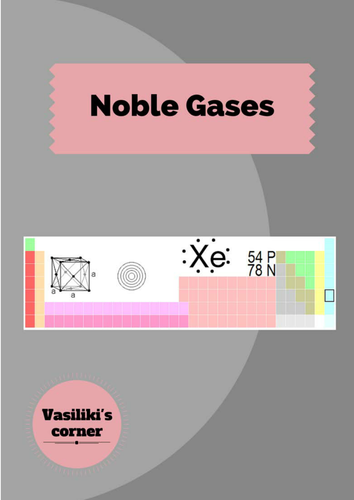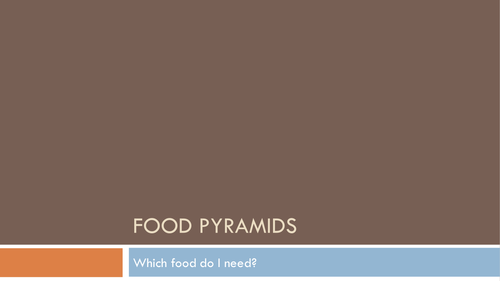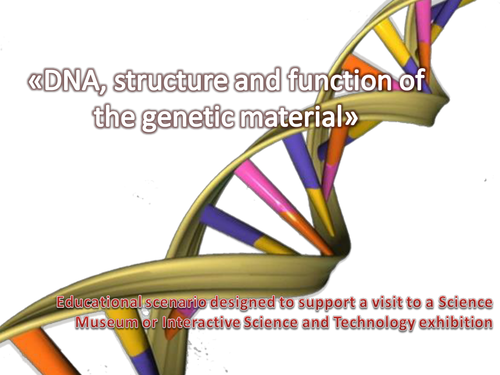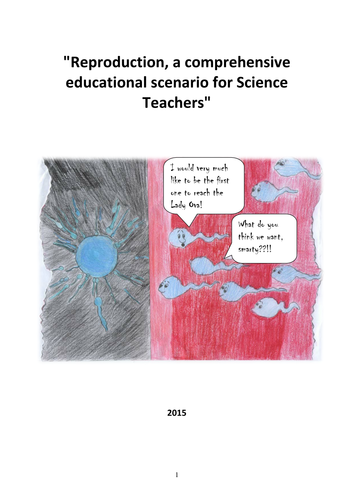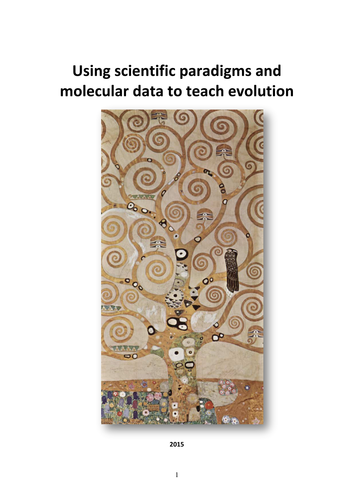Vasiliki's corner
I am a Biology Teacher passionate about teaching Science and communicating my teaching practices to a wider audience! I have ten years professional experience in public middle and high-schools and I am currently involved in teacher training. My educational resourses concern Science courses and Biology in particular. They combine novel pedagogical approaches with state-of-the-art advances in biological research to motivate students to learn by inquiry and build strong scientific competences.


